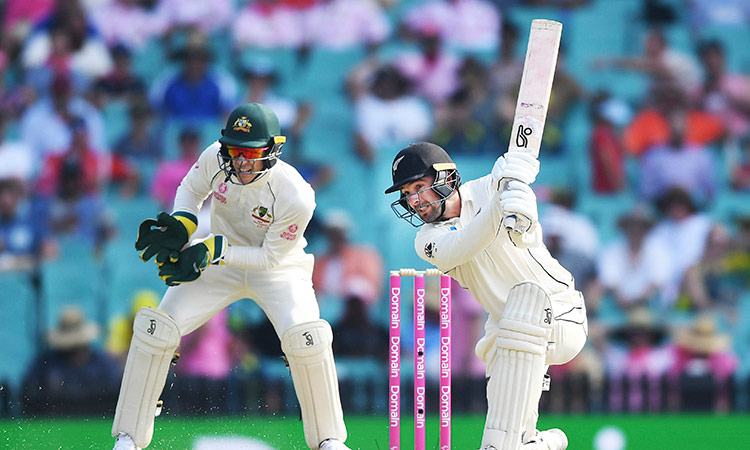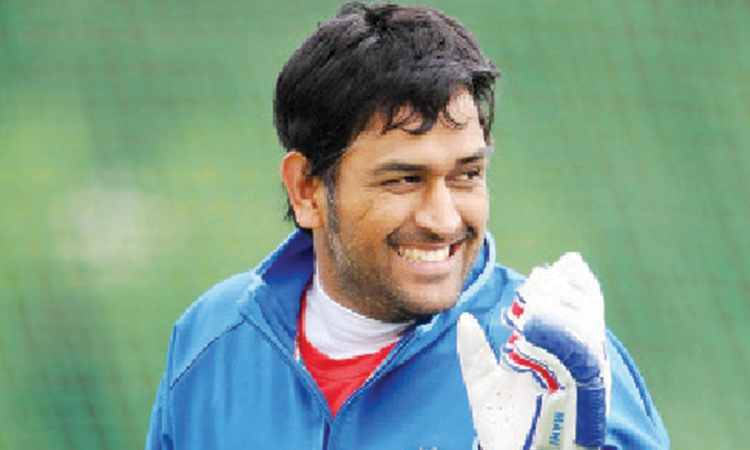Pro pickleball’s woes won’t dent the sport

llustrative image.
Bobby Ghosh, Tribune News Service
In the great national divide over pickleball, one side is enjoying a serving of schadenfreude over the news that the sport’s professional league is in trouble. Those who view the sport as an abomination — and they are legion — will take heart from the fact that Major League Pickleball, facing severe economic headwinds, is struggling to pay its players. But those on the other side of the net — and they, too, make up a sizable cohort — needn’t be alarmed. Pickleball didn’t become America’s fastest-growing sport because of some hyped-up league, and its annexation of tennis courts across the country will not be impeded by the problems of the MLP. (And not just tennis courts, either.)
According to the Sports & Fitness Industry Association, participation in pickleball grew 85.7% in 2022 (to nearly 9 million players nationwide) and 158.6% over the past three years. Those numbers roused the attention of corporate sponsors and network executives. It didn’t hurt that famous athletes like Tom Brady and LeBron James and celebrities like Eva Longoria were talking up the sport. The TV potential was flagged in April when a “Pickleball Slam” on ESPN exceeded the ratings for the baseball, basketball and hockey leagues.
Investors took notice. Avenue Capital Group LLC’s co-founder Marc Lasry, who sold his stake in the Milwaukee Bucks, bought a franchise in the MLP, confident that the pickleball league offered a better rate of return than the NBA. “I want to be able to invest in a team today that is (worth) $50 million or $100 million, that can be worth $500 or $1 billion in five or 10 years,” Lasry told Bloomberg Television. To double down on this potential, in September, the MLP and Professional Pickleball Association announced that they were about to merge.
It was only a matter of weeks before reality took a big bite out of pro pickleball’s juicy prospects. In late November, CNBC reported that the MLP was asking players to take a 40% reduction in compensation, and cutting costs for 2024. “We have carefully studied the economics of the business and determined that certain changes need to be made to ensure a sustainable and viable business that will not only survive but thrive in 2024 and beyond for the benefit of all stakeholders,” the league said in an email to players.
This didn’t come as a surprise to those paying close attention. Even in late summer, questions were already being asked about whether the MLP could actually make money. People might tune in to watch a Pickleball Slam featuring tennis legends like John McEnroe and Andre Agassi, but a league without such household names would struggle. (McEnroe didn’t help matters by letting it be known that he doesn’t care much for the sport. “If I hear one more time that pickleball is the fastest-growing sport I’m gonna throw up,” he told the Miami Herald.)
It may just be that pickleball is one of those sports that people like to play much more than they like to watch, and popularity may not automatically translate into profitability. After all, ping pong has been a popular recreation with Americans for decades — more than 20 million of us play it, mostly in basements and college dorms — but Major League Table Tennis isn’t exactly a money-spinner.
The appeal of pickleball rests in its simplicity: It is much easier to play than most other racquet sports and much easier on the muscles and joints. And the very market forces that have put the brakes on MLP’s plans are also acting in favor of amateur players. A regulation tennis court can be easily and cheaply modified into four pickleball courts, which means clubs and parks can greatly increase their income from the same square footage.
This is frustrating for tennis players, who were already struggling for court time: Tennis, too, is growing in popularity. For its part, the United States Tennis Association is resigned to the commercial realities: It has published guidelines by which public tennis facilities can be designed to accommodate both sports. But if pickleball’s popularity continues at the rate of recent years, more and more tennis courts will vanish forever. MLP’s future may now be in doubt, but pickleball isn’t going anywhere.







